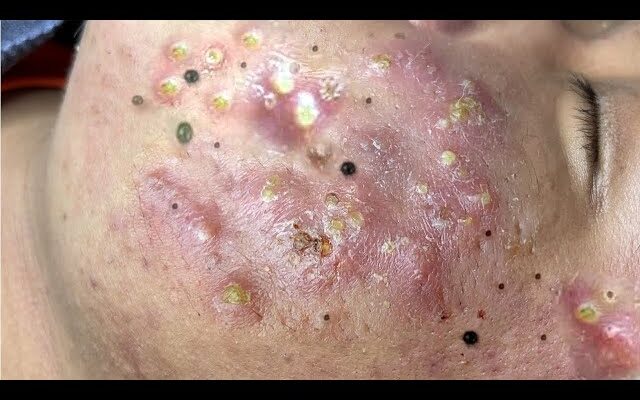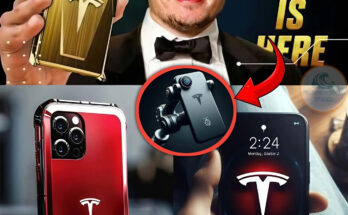It seems like you’re referring to the process of extracting cystic acne, blackheads, whiteheads, milia, and pimples, which is commonly seen in pimple popping videos. While these videos can be satisfying to watch for some, it’s important to approach such skincare issues with caution. Here’s some information on each type and recommendations for dealing with them:
- Cystic Acne:
- Cystic acne involves deep, painful pimples that can be inflamed and filled with pus. It’s usually best to avoid popping cystic acne, as squeezing can lead to scarring or infection. Instead, consider seeing a dermatologist for treatment options like topical or oral medications, cortisone injections, or laser therapy.
- Blackheads:
- Blackheads are clogged hair follicles filled with oil and dead skin cells. Using a gentle exfoliator or a salicylic acid-based product can help reduce them. You can use a blackhead removal tool or pore strips, but make sure to clean your skin thoroughly and avoid excessive squeezing, which can cause skin irritation.
- Milia:
- Milia are small, white cysts that form when keratin gets trapped beneath the skin’s surface. They are often found around the eyes. While it may be tempting to pop them, it’s best to visit a dermatologist for safe removal, as trying to extract them yourself can cause scarring or infection.
- Whiteheads:
- Whiteheads are similar to blackheads but are closed at the surface. Gently cleansing your skin and using non-comedogenic skincare products can help prevent and treat whiteheads. For extraction, consider seeing a professional to avoid damaging your skin.
- Pimple Popping:
- Squeezing pimples can be harmful, leading to scarring, irritation, or pushing bacteria deeper into the skin. If you absolutely must pop a pimple, make sure your skin and hands are clean, and use sterile tools to minimize the risk of infection. But overall, it’s best to let pimples heal on their own or consult a dermatologist for proper care.



